Audubon, J. J.
Great Auk. [Original hand-coloured print for The Birds of America].
London, R. Havell Jr. [for the author], 1836. Oblong broadsheet (62.7 x 96.3 cm - visible surface). Original colour-printed aquatint with additional hand-colouring. Framed and glazed.
One of two birds - with the passenger pigeon - depicted by the great French-American naturalist and ornithologist John James Audubon (1785-1851) during his lifetime, but now (for well over a century) extinct. The great auk, or Alca impennis (Linnaeus), was a great bird in many ways: it was the largest of the auk family (adults up to 85 cm); it was the largest, flightless, penguin-like bird in the northern hemisphere, and it was the saddest loss to Arctic biodiversity in our time. Audubon remarked the following: "The only authentic account of the occurrence of this bird on our coast that I possess, was obtained from Mr. Henry Havell, brother of my Engraver, who, when on his passage from New York to England, hooked a Great Auk on the banks of Newfoundland, in extremely boisterous weather. On being hauled on board, it was left at liberty on the deck. It walked very awkwardly, often tumbling over, bit every one within reach of its powerful bill, and refused food of all kinds. After continuing several days on board, it was restored to its proper element. When I was in Labrador, many of the fishermen assured me that the 'Penguin', as they name this bird, breeds on a low rocky island to the south-east of Newfoundland, where they destroy great numbers of the young for bait; but as this intelligence came to me when the season was too far advanced, I had no opportunity of ascertaining its accuracy. In Newfoundland, however, I received similar information from several individuals. An old gunner residing on Chelsea Beach, near Boston, told me that he well remembered the time when the Penguins were plentiful about Nahant and some other islands in the bay. The egg is very large, measuring five inches in length, and three in its greatest breadth. In form it resembles that of the Common Guillemot; the shell is thick and rather rough to the touch; its colour yellowish-white, with long irregular lines and blotches of brownish-black, more numerous at the larger end", to which Audubon added a long and detailed description of its external anatomy. This is species number 69, and plate number CCCXLI, dated 1836. It was engraved, printed and finished by hand by Robert Havell Jr. (1793-1878), after the original drawing by Audubon. The given dimensions are of the visible part of the plate. Plate evenly, weakly toned; otherwise fine. Anker, 17; Nissen IVB, 49; Sitwell, Fine Bird Books, pp. 20-21; Zimmer, pp. 18-19.
![Great Auk. [Original hand-coloured print for <em>The Birds of America</em>].](https://schierenberg.nl/media/cache/product_thumb/77518/77518_x.jpg)

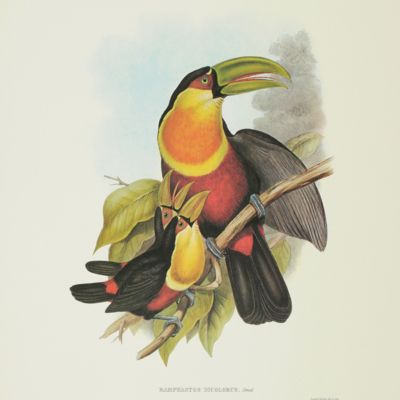
![image for [18th-century floral design].](https://schierenberg.nl/media/cache/product_thumb/69808/69808_x.jpg)
![image for [Portrait]](https://schierenberg.nl/media/cache/product_thumb/36173/36173_x.jpg)
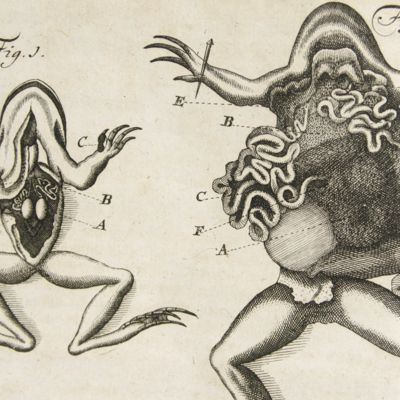
![image for Venezia Tridentina. [Woodcut print].](https://schierenberg.nl/media/cache/product_thumb/78425/78425_x.jpg)
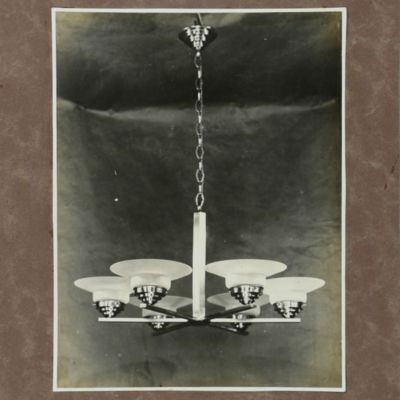

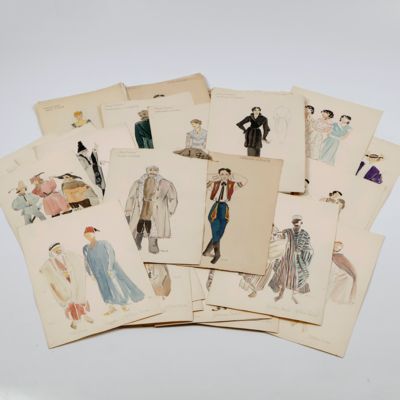
![image for [Portrait by RB]](https://schierenberg.nl/media/cache/product_thumb/36227/36227_x.jpg)
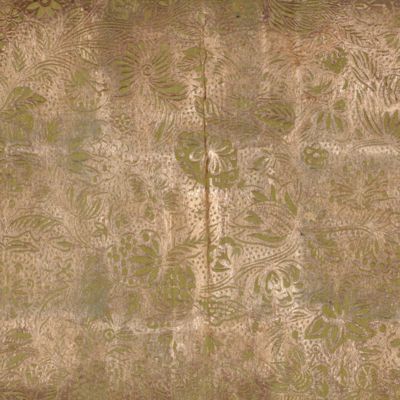
![image for Model wearing haute couture. [Original drawing].](https://schierenberg.nl/media/cache/product_thumb/77215/77215_x.jpg)


